Made-to-order: Understanding consumer behaviour to drive effective personalisation in retail
Written by
Editorial TeamPublished on
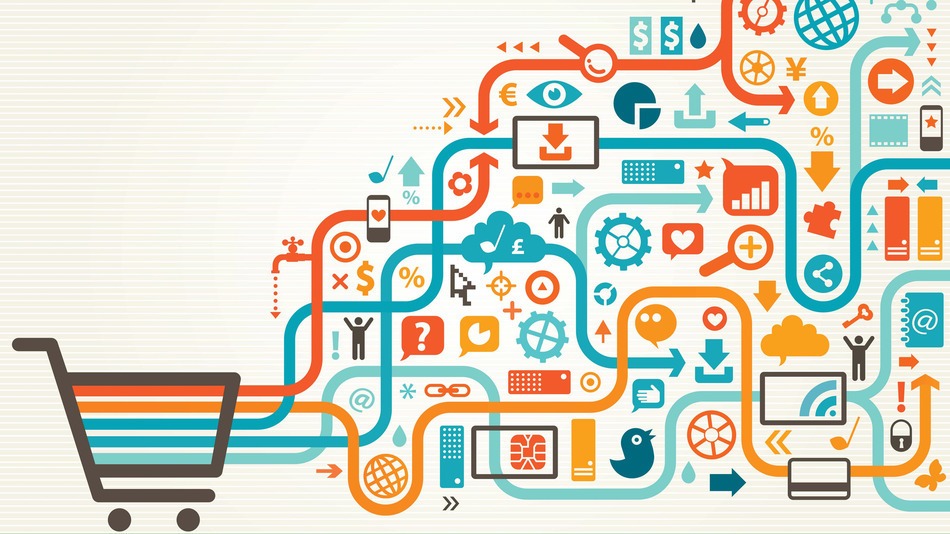
Discounts and coupons, though effective, do very little to nudge consumers to buy from you instead of your competitors. As consumers transition towards online shopping, their expectations from a virtual shopping experience has grown beyond the “10% Discount” coupon codes.
A recent survey-based report commissioned by MoEngage brought forth a central theme in terms of consumer expectations from retail brands. 27% of the survey respondents said “Irrelevant products or content” frustrates them the most, and they prefer brands that personalize communication-based on their purchase history and interest!
This finding compels us to rethink two primary assumptions we, as marketers have made.
Assumption 1: Consumers are not comfortable sharing data with brands.Truth: Consumers are willing to provide access to their personal and behavioural data, if the data is being used to personalise their experience.
Assumption 2: Consumers don’t want to receive communication from brands or are bothered by it.Truth: 39% of the respondents (out of the 1000 surveyed) wanted to see weekly communication with brands and 16% daily. Indicating that consumers are willing to exchange data and receive regular communication from brands as long as it is relevant.
Personalisation, an approach to creating highly relevant and targeted experiences for consumers can prove to be a major differentiator for retailers to gain a loyal consumer base and better engagement with them. Before brands begin to chalk out a personalisation strategy, it is essential to understand what behaviours to analyse, what trends to be mindful of to walk the tightrope of privacy and personalization.
How not to get too personal with personalisation
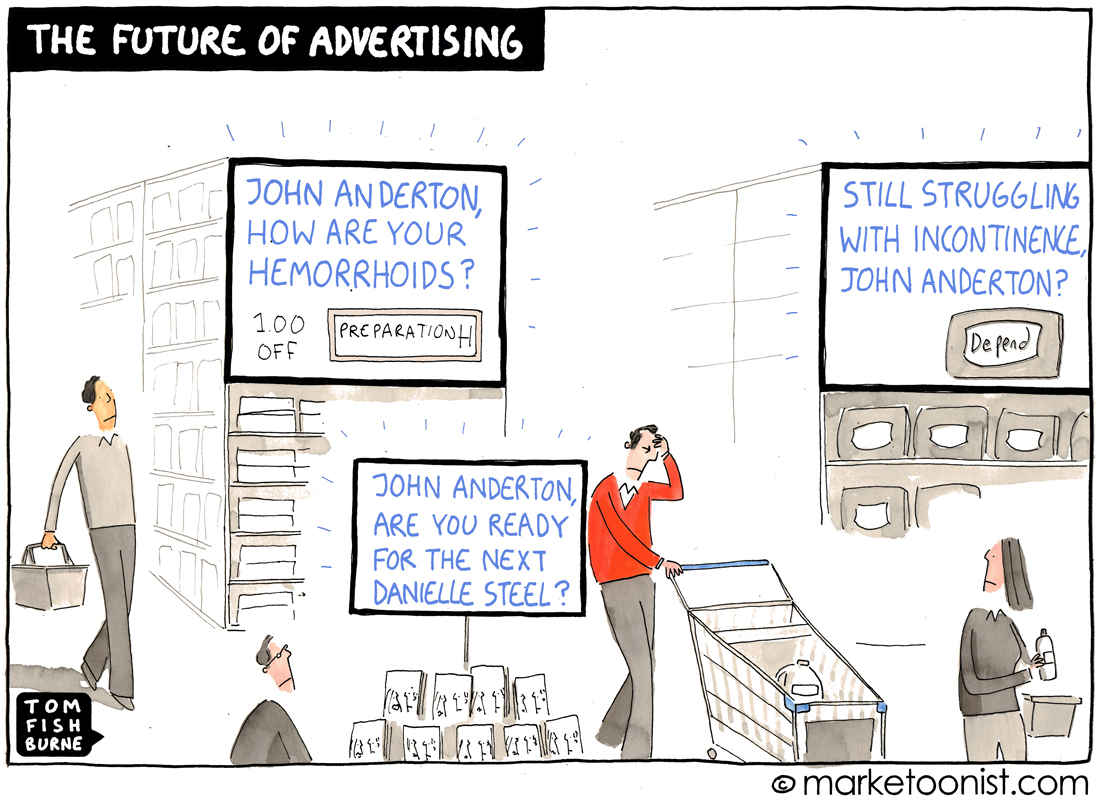
There’s a thin line between brands using data to create relevant and valuable offerings and going overboard to being perceived as creepy. The “we want to know everything” approach is usually the downfall. The immediate example that comes to mind is the Tale of Target. The retailer believed that soon-to-be parents were one of the most lucrative demographic, but once the birth happens and it is public record, the parents are exposed to hundreds of ads and they’d get lost in the noise.
It was vital to understand any sudden deviations from usual shopping habits as this would be indicative of an expectant parent, exhausted and tired, with little or no thought to brand preferences. Based on these pattern deviations, Target developed a pregnancy prediction score. Anything triggering this scorecard and the retailer would start sending you special deals on baby items. This system backfired when Target sent out these deals to a teenager whose father wasn’t aware of the pregnancy. Eek! Must’ve triggered a nightmare!
Another recent example is Apple’s App Tracking Transparency Ad, the hyperbolic representation of how intrusive brands can be in their effort to collect data.

Such is the personalisation paradox. A deciding factor when done right, and creepy, when not.
Scaling up: How to implement personalisation and the possible challenges
You may have an abundance of creative personalised campaigns that would work wonders for your brand. However, before jumping the gun and sprinting to get to those, it is imperative to understand consumer behaviour and how you can deliver personalised communication consistently and in real-time, channels to engage, and so on.
German Railway company, Deutsche Bahn is a stellar example of personalisation and how brands could adapt to post-pandemic advertising. Their “No need to fly” campaign focussed on why locals shouldn’t spend on expensive flights to travel to far off locations outside the country and travel locally. They used AI to analyse what locations German travellers were looking for, and served them ads of similar-looking locations in Germany.
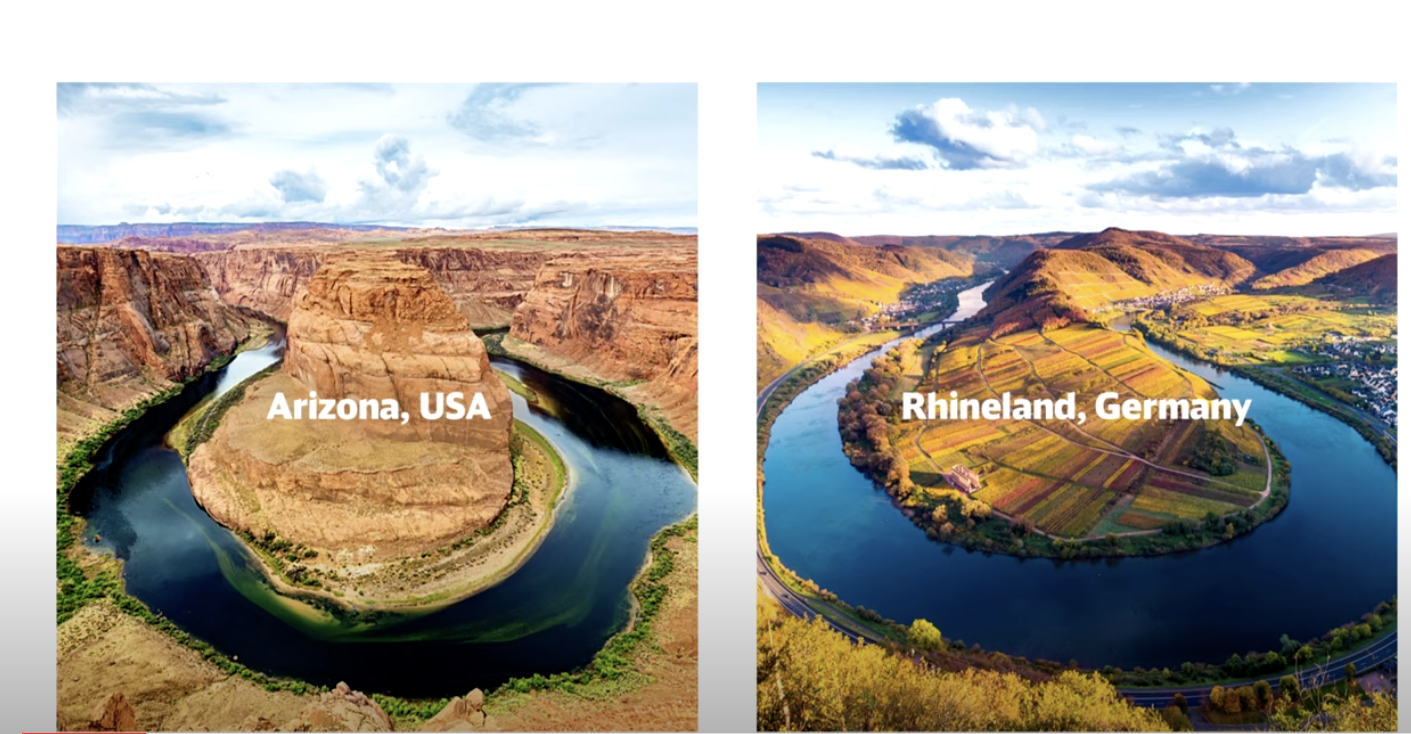
- Identifying the right intent indicators
21% of consumers have adopted mobile apps and email as primary channels of communication with brands, while SMS and push notifications are emerging as new communication channels. With consumers growing more accepting towards multiple new channels of communication their journey has become non-linear and multi-faceted.
It is an obvious challenge, to have abundant data and identify the ones that are relevant indicators of consumer behaviours. This approach of making decisions on the most effective channel, personalised communication, frequency-based on consumer behaviour and delivery through technology has come to be known as insights-led engagement.
Here are a few statistics that will help you make a reliable deduction to base your personalised campaigns on:
- Communication frequency: When, and how often do your consumers want to hear from you is something every marketer should know. 39% of respondents say they want to hear from brands weekly, whereas 25% say once a month.
- Type of messaging: What should your message say for it to resonate with your shoppers? 30% of the respondents say they would want to hear more about promotional offers, 23% want to know about upcoming sales and 19% want more information about new products and offerings.
- Personalisation expectations: What information does your consumer want you to know and base your personalisation efforts on? Consumers expect brands to personalise their experiences based on their previous purchase history (26%) and interests (21%).
Post-pandemic shopping preference: The pandemic has forced consumers to alter their buying habits. This change is more prominent in baby boomers, who’ve had an increased online shopping presence in recent times. Overall 36% of respondents are buying more online, while 17% have started buying from a new brand.
As we analysed the split of the consumers who moved online, we noticed 32% of board members and 23% held C-suite job titles.
- Omnichannel strategy: An omnichannel strategy is indicative of an approach to personalisation across physical stores and online touchpoints. It focuses more on personalising the experience during the moments or triggers that precede a purchase.
- A digital-first approach: Digital transformation has become a survival necessity today. Brands that have jumped on the digital transformation bandwagon have captured revenue opportunities that others have missed. A prime example is that of Sports Cafe, an online sports platform that observed a 120% increase in time spent on their website by adding web push to their digital channels.
- AI, a smart marketer’s aid: Artificial Intelligence, has eliminated the siloed approach brands had a decade ago, struggling to connect, analyse data on different platforms, and deliver effective content. AI and machine learning algorithms can effectively analyse data from different sources and suggest the most relevant content that can be sent to your customers and this is done almost real-time.
Lifestyle, a retail brand, saw 1 million app installs vs 15k active users of their app. Attributing this to inactivity and drop-offs they employed AI to analyse and segment customers based on the RFM model and sent out personalised campaigns using smart triggers.
Example of personalisation that didn’t break at-scale
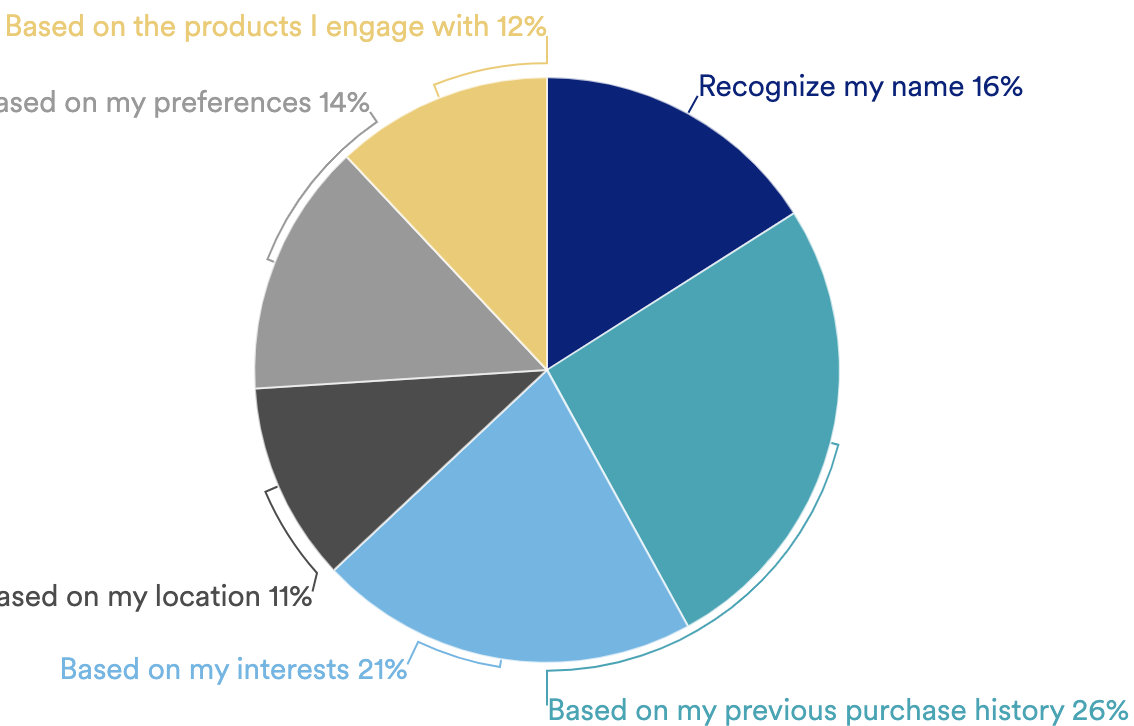
Marketers have abundant data to choose from for their personalization efforts, so what do your consumers feel you should use? What would be most effective? 3 primary trends came out when we asked the survey respondents how they’d expect brands to personalize their communications based on their purchase history, based on their interests and based on their location.
Personalisation based on “previous purchase and products I engage with”: Amazon has aced this game. The brand analyses every aspect of what the consumers do on the platform and suggests products based on multiple aspects of your purchase, searches, etc.
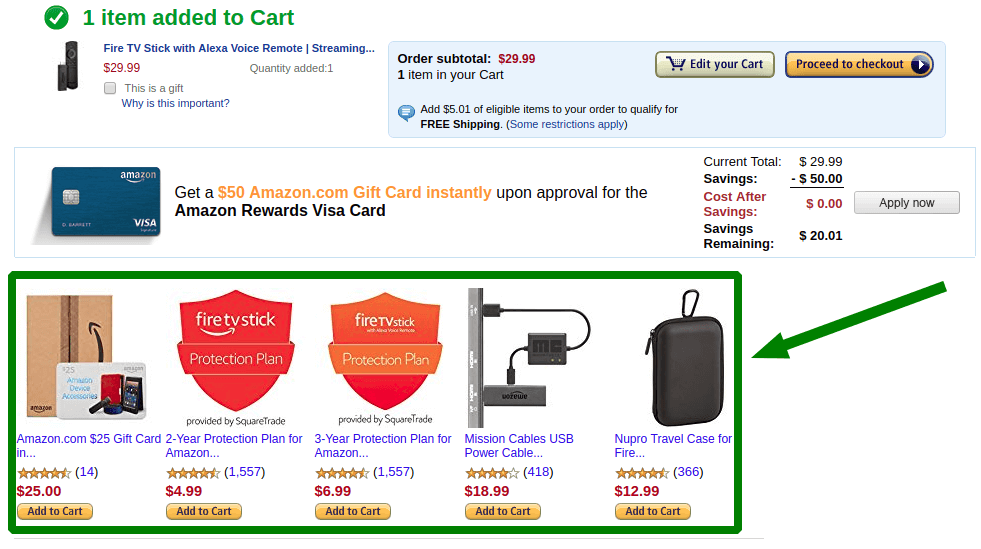
Based on “my preference”: Zalando’s Algorithmic Fashion Companion is a prime example of personalisation based on consumer preference. Based on the products you’ve selected, the AI Algorithm suggests a complete look. They also customise the content on their homepage based on the consumer’s past activity.
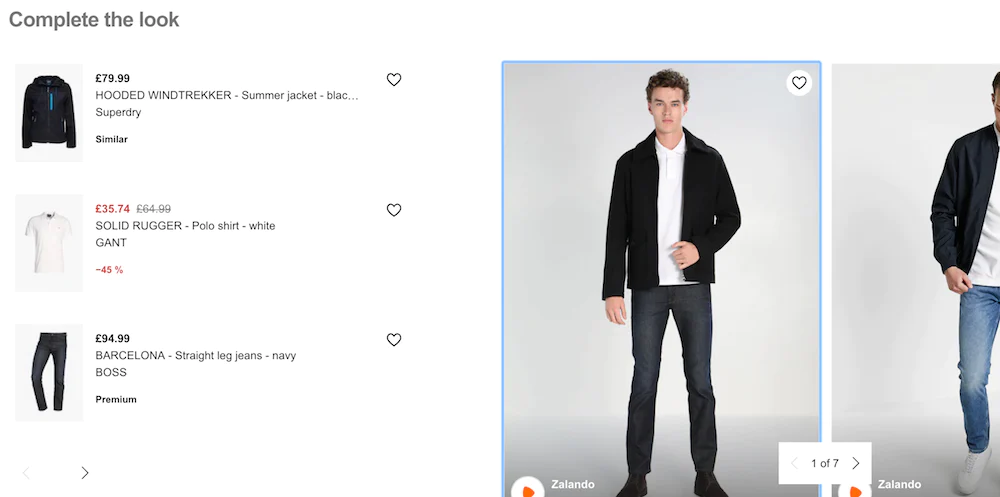
Based on “location”: 1Weather provides real-time weather information and forecasts for locations worldwide, as well as severe weather alerts and reports for specific locations in the U.S. 1Weather provides real-time weather information and forecasts for locations worldwide, as well as severe weather alerts and reports for specific locations in the U.S. Based on behaviour trends the brand sent out personalised push notifications and dynamic product messaging. They saw 25 million incremental customers accessing the app.
With consumers rising, personalisation is no more an added advantage that’s good to “have”. It has become indispensable for brands to deliver messaging tailor-made for it to be effective. Read the “Personalisation Pulse Check Report 2021” to understand consumer behaviour and shopping trends.

Sanjeevani is a content marketer at MoEngage with a strong belief that storytelling and targeted messaging create business-changing content. When she’s not busy writing, you can find her playing fetch with her dog or singing along to some blues music.


